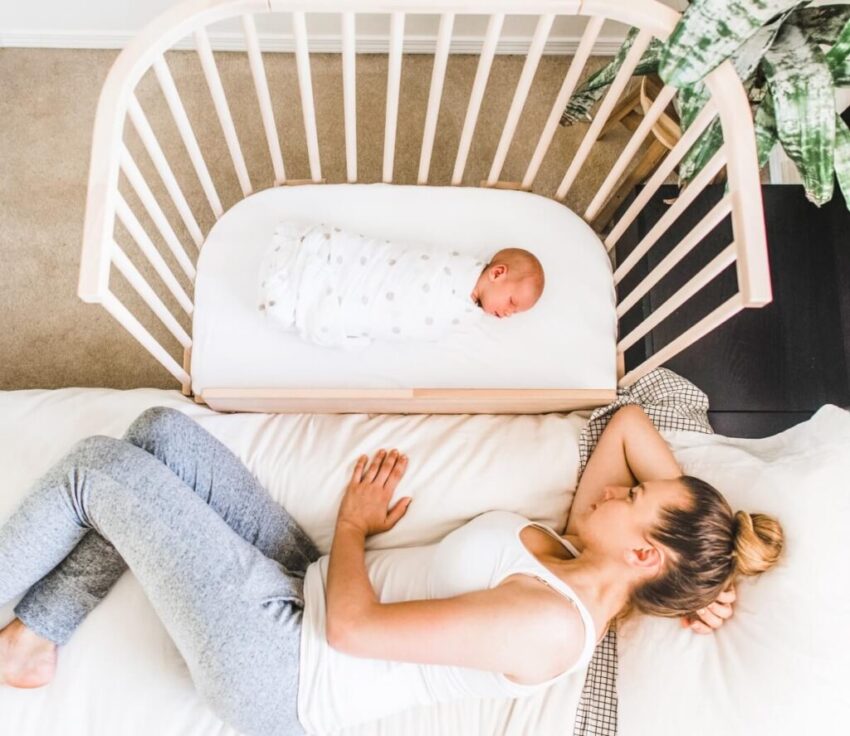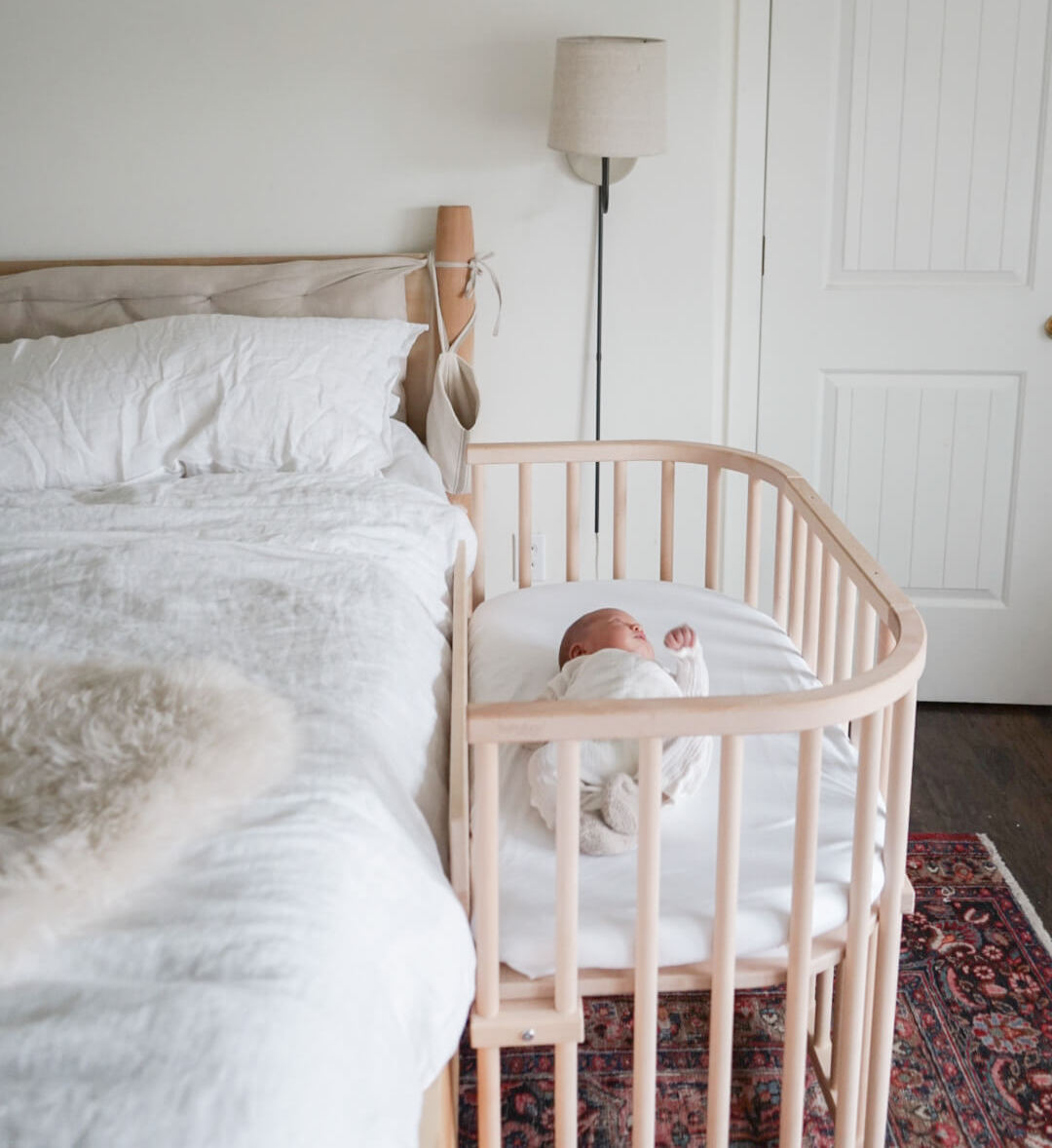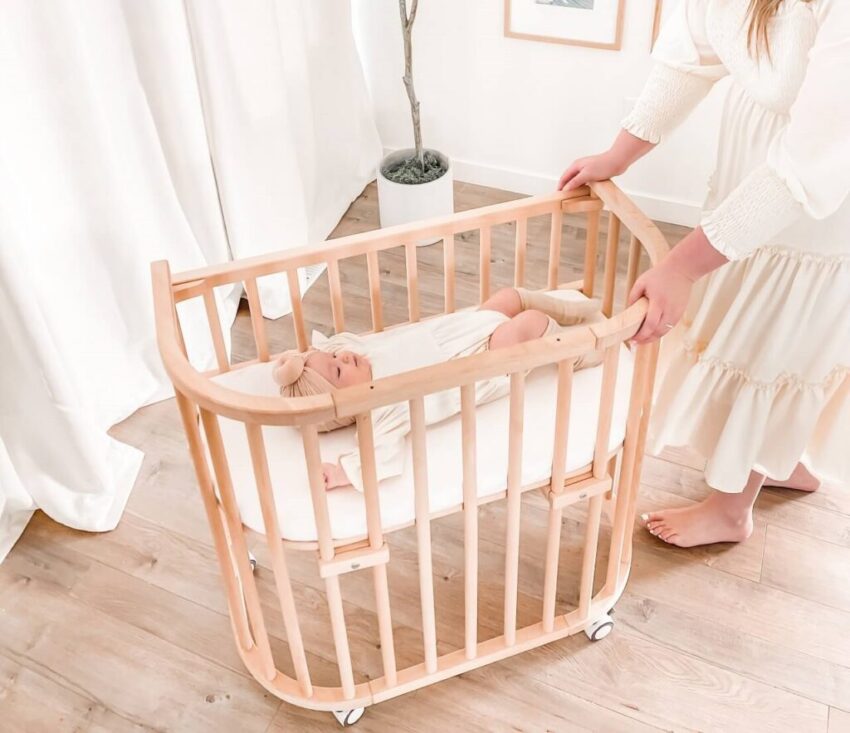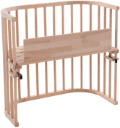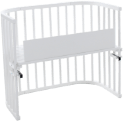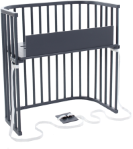Eco-Friendly Handcrafted Co SleeperBedside Baby Bassinets & Co Sleepers
You want the best for your newborn. That’s why babybay bassinets offers an all-natural bedside sleeper made from solid wood — with no toxic wood glues, cheap fillers, plastics, or other harmful chemicals. Next to your arms, the baby crib is where your newborn spends the most of his or her time…don’t you think you should give them the best?
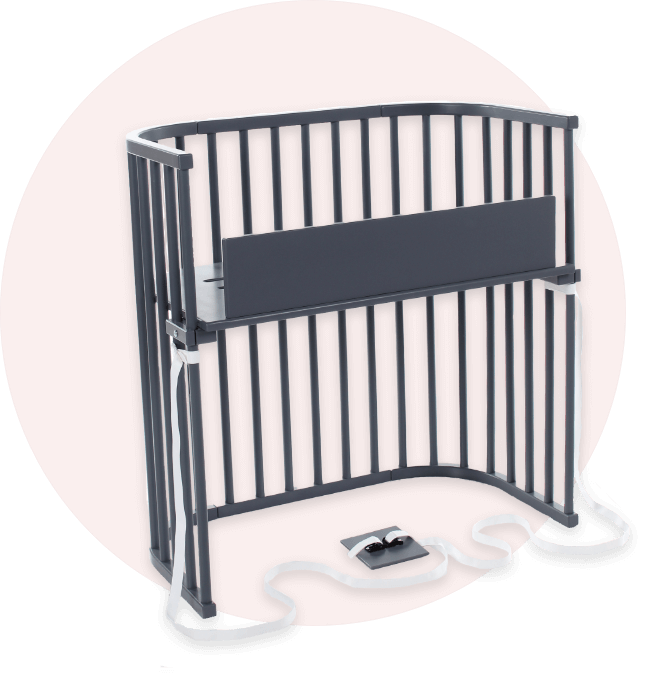
MEET THE BABYBAY Bassinet
Premium Safe Bedside Baby Bassinets Proven to Improve a Mother’s Sleep
Our bedside bassinet sleepers are handcrafted in Germany out of locally sourced beech wood, which is naturally anti-bacterial and anti-static. Our co sleepers have the highest ratings in health and safety. For every tree we use, we plant another.
babybay Helps New Mothers with:
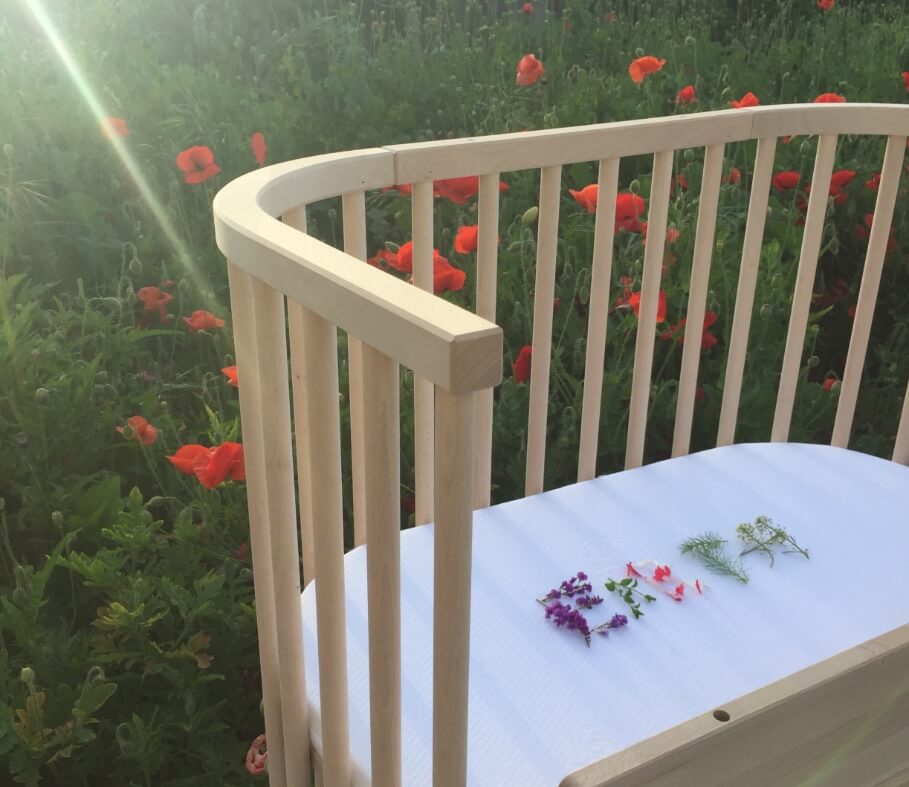
THE RESPONSIBLE BEDSIDE BASSINET SLEEPER
The Only Eco-Friendly Bedside Sleeper Baby Bassinet on the Market
You want the best for your newborn. That’s why babybay offers an all-natural baby bassinet bedside sleeper made from solid wood — with no toxic wood glues, cheap fillers, plastics, or other harmful chemicals. Next to your arms, the baby crib is where your newborn spends the most of his or her time…don’t you think you should give them the best?
Our baby bedside sleepers are handcrafted in Germany out of locally sourced beech wood, which is naturally anti-bacterial and anti-static. Our co sleepers have the highest ratings in health and safety. For every tree we use, we plant another.
How long does a baby sleep in a bedside bassinet?
A baby can use a bedside bassinet for approximately 5 months of age or until the baby pushes up as part of bedside sleeper safety standards set by ASTM F2906, F2194 and the CPSC. While in Europe similar models are used for up to a year, the US offers no such testing or endorsement.
When to transition from bedside bassinet to crib?
Transition your baby to a crib when they can sit unassisted, push up with their hands and knees, or surpass the bedside bassinet’s height/weight limits set by the manufacturer, opting for the earliest occurrence among these scenarios.
When is baby too big for bassinet?
Typically, a bassinet should not hold a baby weighing more than 15 pounds, although some have limits as low as 10 pounds and others as high as 20 pounds. A baby usually weighs around 16 pounds at 5 months, which is roughly the age when they may be ready to move from the bassinet to a crib. All babybay’s can support up to 200 lbs when properly assembled.
What is the best bassinet for baby?
Several co-sleepers are available on the market, but which ones are top-rated for safely accommodating newborns by your side? To help you identify the best bedside sleeper for you and your newborn, based on desired features we evaluated the Halo Bassinet Swivel Sleeper, Arm’s Reach Co-sleeper, and the Babybay Bedside Sleeper, providing side-by-side comparisons of their features, assembly time, and usability. This will assist you in selecting a bedside sleeper that fulfills both your and your newborn’s safe sleep requirements!
Should newborn sleep in crib or bedside bassinet?
Bedside bassinets are generally intended for use during a baby’s first 6 months, whereas cribs offer several years of use. The babybay bedside sleeper allows you to adhere to your baby’s nighttime feeding schedule without fully waking up. It also enables you to keep your baby nearby without encountering the potential risks of bed-sharing. It offers an ideal solution for caring for your baby while you rest.
What is bedside bassinet used for?
A bedside bassinet is a compact bed, specifically crafted for newborn infants, typically positioned beside the parents’ bed to facilitate easy access during nighttime feedings and care. Generally smaller and more portable than cribs, bedside bassinets often boast a basket-like design, possibly featuring a hood or canopy to protect the baby from light and drafts. They are commonly constructed from lightweight materials like wicker, wood, or plastic and frequently feature wheels or handles for effortless relocation from room to room. Bedside bassinets are usually utilized for the initial few months of a baby’s life before making the transition to a crib.
When should I start using a bedside bassinet?
A bedside bassinet can be used from the first day until your baby begins to move around, push up on their hands, or roll over, approximately up to 5 months of age.
Can newborn sleep in co sleeper bassinet all night?
Absolutely! Newborns can sleep in a co sleeper bassinet all night as long as it adheres to safe sleep guidelines like babybay. The American Academy of Pediatrics (AAP) suggests that for at least the first 5 months, and ideally for the first year, infants should share a room with parents, but not the same sleeping surface, typically in the form of a co sleeper bassinet or crib. It’s essential that the co sleeper bassinet is designed for overnight, unsupervised sleep and adheres to the safety standards. Ensure that the co sleeper bassinet is placed on a flat, firm surface, and avoid placing toys, loose bedding, or soft objects inside to minimize risks.
